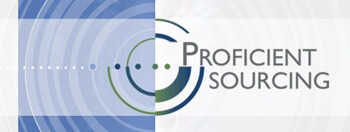Fused Deposit Modeling is a digital additive manufacturing process now available from one of our suppliers. This capability works nicely with ABS, polycarbonate, and ultem, which are available on-site. 9 other materials are also available with special orders. There is a maximum build envelope of 16” x 14” x 16”.
This, of course, converts your 3D CAD files into a fully functional plastic part, ready for use or evaluation.
This capability is especially useful in these applications:
- Rapid prototyping
- Direct manufacturing
- Complex models
- Large parts
- RTV molding
- Low volume production
- Cast polyurethanes
- FDM thermoplastics
- Polyjet photopolymers
- Jigs and fixtures
- Architectural models
If your volume requirements permit an alternative to injection molding, there are a number of design considerations that are significantly simplified, and perhaps even eliminated. For example:
- Draft angles are not a concern, and in particular, draft angles AGAINST the direction of mold movement are feasible.
- The relationship between blind hole depth and core pin diameter does not apply—there are no core pins!
- Rib thickness vs. wall thickness is also not a factor.
- Injection molding uniform wall thickness is important to minimize/avoid problems with sink marks, warping, stress and voids.
This means greater flexibility for part design.
This technology permits the manufacture of fully functional parts and products FAST. If you are interested in fast prototypes or even low volume production, or perhaps customizing individual parts of a generally common design, we suggest you consider FDM 3D printing.
